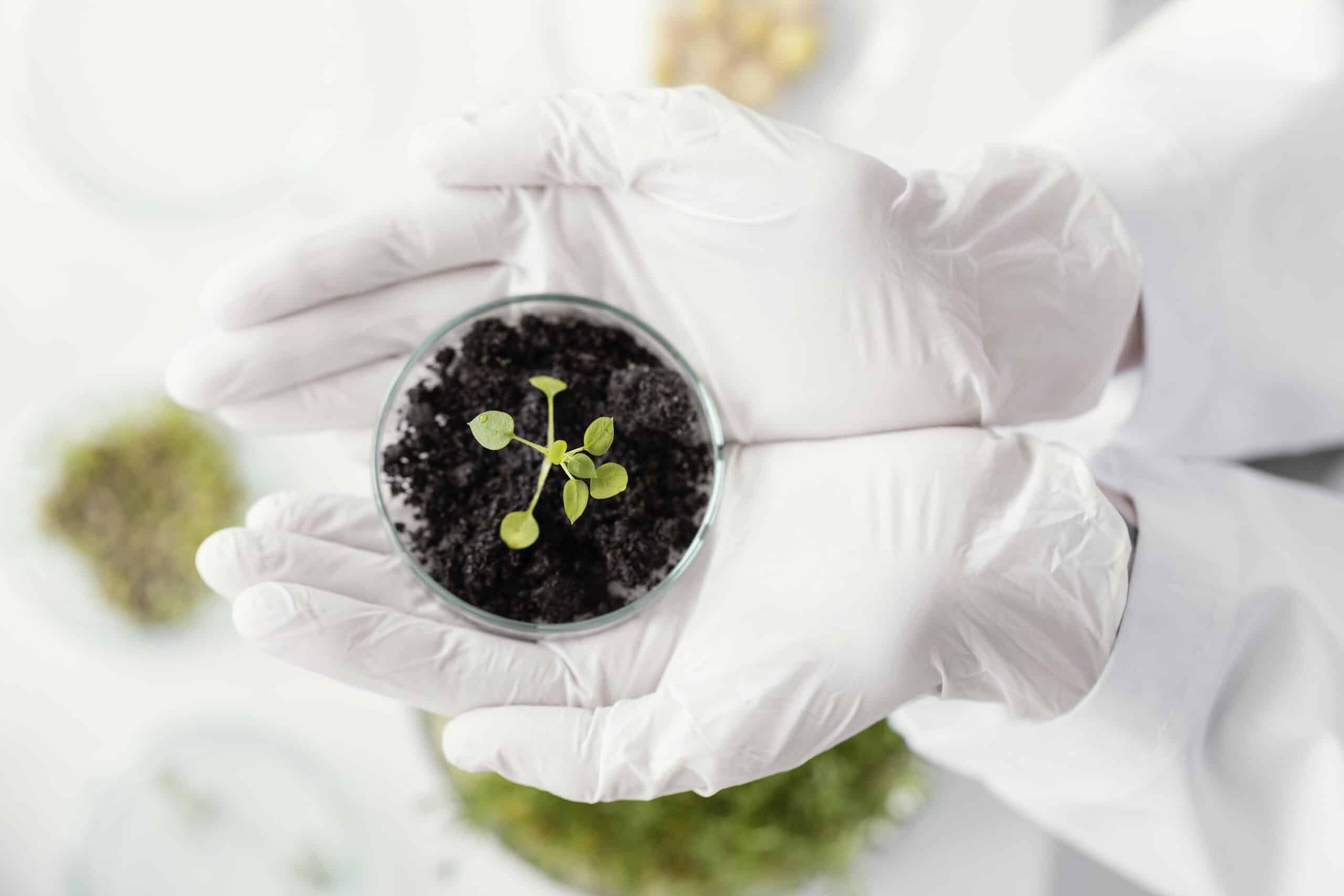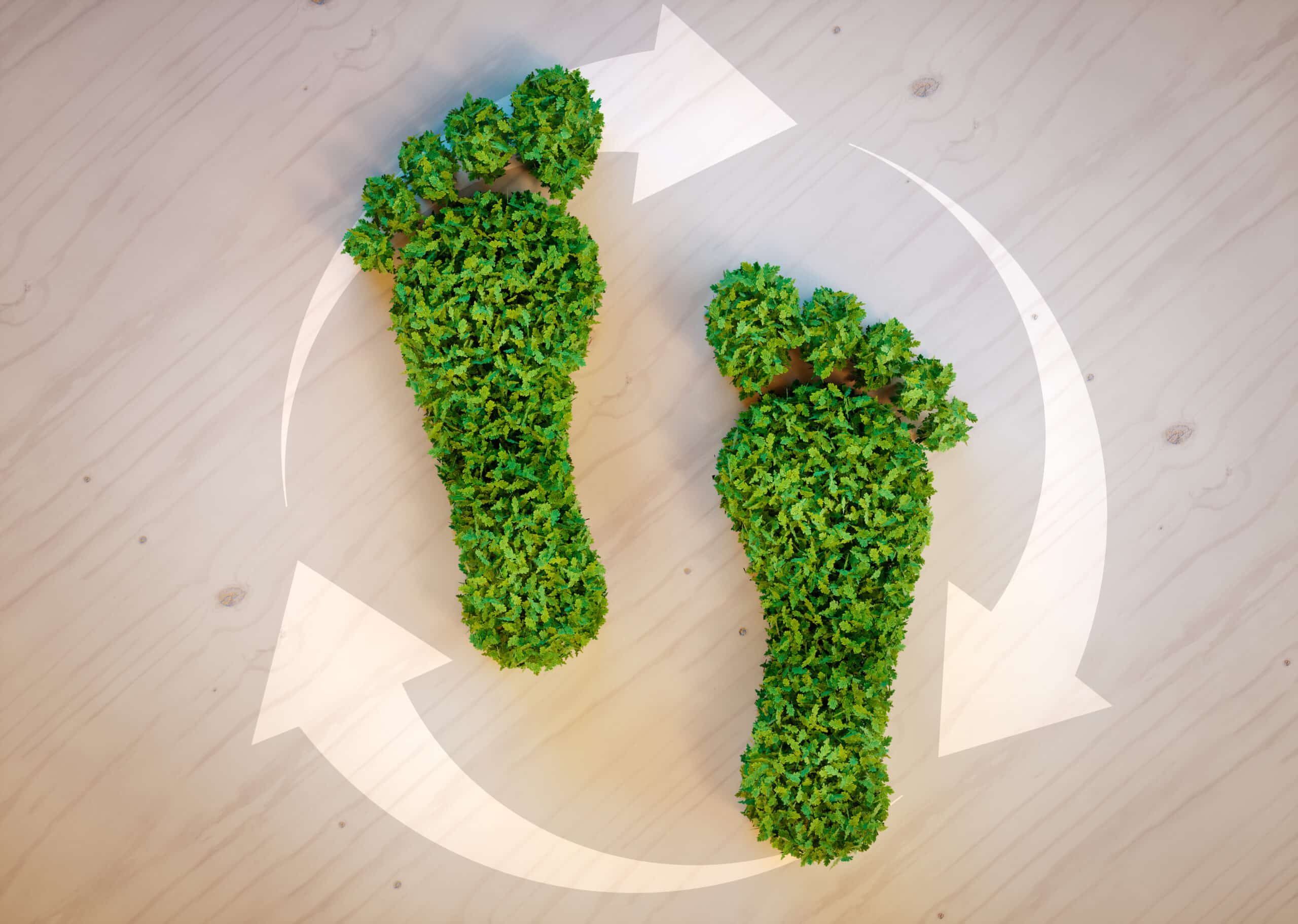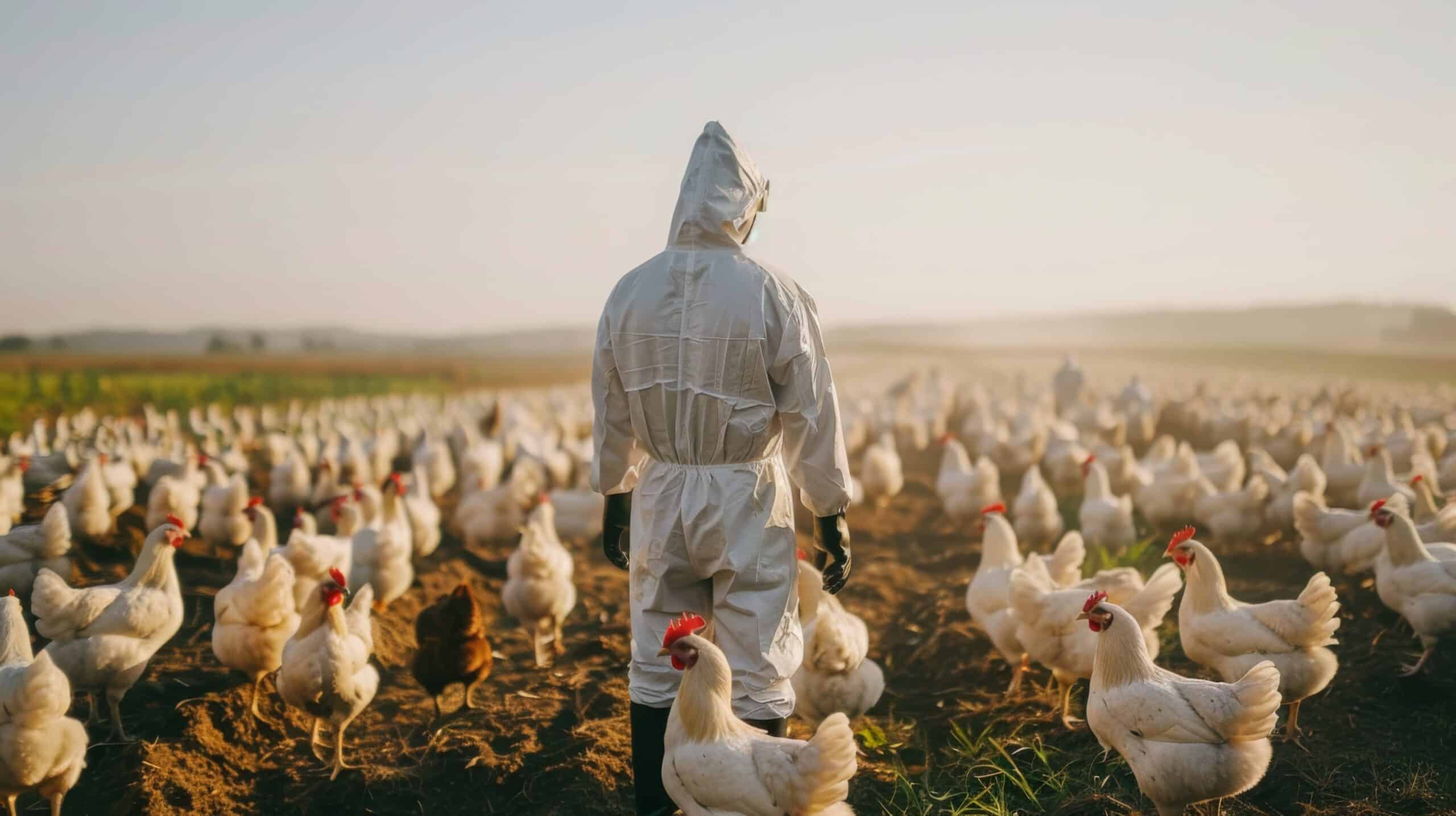What is heat stress in poultry?
Heat stress in poultry occurs when birds struggle to maintain a balance between body heat production and heat loss due to high environmental temperatures. This condition affects all types of poultry at different stages of growth and can lead to significant welfare and productivity challenges. When birds are within their thermoneutral zone (typically 18–27°C), they can regulate heat efficiently from their body. However, exceeding the upper critical temperature forces birds to lose heat actively, primarily through panting. If heat production surpasses the birds maximum heat loss capacity—either acutely or chronically—it can result in severe physiological distress and even mortality.
In poultry production, particularly in fast-growing species like broiler chickens, heat stress in chickens becomes a critical concern. Their high metabolic rate generates substantial body heat, while their decreasing surface area relative to body weight limits heat dissipation. This imbalance impairs feed conversion efficiency, performance, and overall production profitability. Additionally, heat stress in poultry triggers oxidative stress and inflammation, negatively affecting gut health and immune function.
With climate change intensifying temperature extremes, heat stress in poultry is becoming an even greater challenge worldwide. When birds fail to regulate their body temperature effectively, they experience a negative heat balance, leading to reduced productivity and increased economic losses. Effective heat stress management strategies—including optimized environmental controls and nutritional interventions—are essential to maintaining poultry health and performance.
Signs of heat stress in poultry
Signs of Heat Stress in Poultry
Recognizing signs of heat stress in poultry is essential for ensuring bird welfare and maintaining optimal performance. Since chickens lack sweat glands, they rely on alternative cooling mechanisms to regulate body temperature. When exposed to high temperatures, birds exhibit noticeable heat stress poultry symptoms, which can impact their health and productivity.
Common Signs of Heat Stress in Poultry:
- Panting (open-mouth breathing) – Rapid, shallow breathing to promote evaporative cooling.
- Increased respiratory rate – Faster breathing as birds attempt to release excess heat.
- Wing spreading – Birds extend their wings to enhance airflow and dissipate heat.
- Seeking ventilation – Birds move to well-ventilated areas, such as near feeders, perches, or wires, to cool down.
- Reduced feed intake – Decreased food consumption helps minimize metabolic heat production.
- Increased water consumption – Birds drink more to compensate for moisture lost through panting.
- Limited movement – Reduced activity conserves energy and lowers body heat production.
- Vasodilation – Blood is redirected to the comb and wattles to aid heat dissipation.
These signs of heat stress in broilers and other poultry indicate a need for immediate intervention to prevent productivity losses and maintain bird health.
How Birds Regulate Body Temperature
- Convection: Birds spread their wings to increase surface area, allowing heat loss to cooler air.
- Reduced Metabolic Heat Production: Birds decrease feed intake, activity, and production to minimize heat generation.
- Vasodilation: Blood is redirected to the comb and wattles to release heat.
- Evaporative Cooling: Birds pant rapidly, losing heat through water evaporation from the mouth and respiratory tract.
- Increased Water Intake: Helps compensate for moisture loss due to panting.
- Radiation: Heat is transferred from the bird to cooler surrounding objects.
- Conduction: Birds lose heat by coming into direct contact with cooler surfaces, such as walls or by digging into litter.
Effect of Heat Stress in Poultry
Heat stress in chickens triggers a series of physiological responses aimed at maintaining body temperature. While these mechanisms are essential for survival, they also have significant negative impacts on bird health and productivity.
Key Effects of Heat Stress in Poultry:
- Reduced egg production – Laying hens experience a decline in overall egg output.
- Lower egg weight – Eggs produced during heat stress tend to be smaller.
- Decline in egg quality – Both external (shell) and internal (albumen) quality deteriorate.
- Weakened immune system – Birds become more susceptible to infections, leading to increased mortality.
One of the major effects of heat stress in poultry is compromised intestinal health. Increased blood flow to the bird’s periphery reduces circulation to internal organs, particularly the intestines. This leads to hypoxia (oxygen deficiency) and oxidative stress, resulting in intestinal inflammation and “leaky gut,” which allows harmful bacteria like E. coli and Salmonella to enter the bloodstream. Severe intestinal damage contributes to heat stress-associated mortality.
In addition to gut health, oxidative stress impacts other vital organs, including the liver and shell gland (uterus), further diminishing egg quality. High temperatures also induce respiratory alkalosis—a condition where panting causes excessive loss of carbon dioxide, leading to an imbalance in blood pH and a reduction in free calcium levels, worsening eggshell integrity.
Treatment of heat stress in poultry
Treatment of Heat Stress in Poultry
Heat stress in poultry is a significant challenge, leading to reduced productivity, weakened immunity, and higher mortality rates. While birds naturally attempt to regulate their body temperature through panting and other mechanisms, these responses are not always sufficient to counteract the negative effects of heat stress in chickens. Implementing preventive measures and using phytogenic solutions can play a crucial role in managing heat stress effectively.
Preventive Measures for Managing Heat Stress in Poultry
- Optimized Housing Conditions – Providing proper ventilation, cooling systems, and shaded areas can help regulate temperature.
- Adequate Water Supply – Ensuring access to cool, clean water helps maintain hydration and supports evaporative cooling.
- Nutritional Adjustments – Balancing feed formulations to include heat-tolerant nutrients can reduce metabolic heat production.
- Electrolyte and Antioxidant Supplementation – Helps maintain cellular balance and reduces oxidative damage.
- Use of Phytogenic Feed Additives – Natural plant-based solutions help birds adapt to heat stress more effectively.
Phytogenics: A Natural Solution for Heat Stress in Chickens
Phytogenics, derived from plant-based bioactive compounds, are gaining popularity as a natural and effective approach to mitigate heat stress. These solutions enhance the bird’s ability to adapt to heat stress while also improving overall immunity and gut health. Phytogenic ingredients have:
- Adaptogenic Properties – Help birds cope with environmental stressors by balancing physiological functions.
- Anti-Stress and Immunomodulatory Benefits – Strengthen immune responses and reduce the negative impact of heat stress on poultry.
- Antioxidant Activity – Protects cells from oxidative stress, minimizing intestinal damage and maintaining productivity.
Phytocee®: A Proven Phytogenic Solution for Heat Stress Management
At Natural Remedies, we have formulated Phytocee®, a phytogenic-based adaptogenic anti-stress and immunomodulatory solution that enhances poultry resilience to heat stress. Phytocee®:
- Strengthens the antioxidant defence system, reducing oxidative stress.
- Enhances immune function, helping birds combat infections.
- Contains anti-stress properties and aids in stress prevention.
By incorporating Phytocee® into poultry feed, producers can take a preventive approach to managing heat stress and improving overall flock performance.







.png)












.png)






